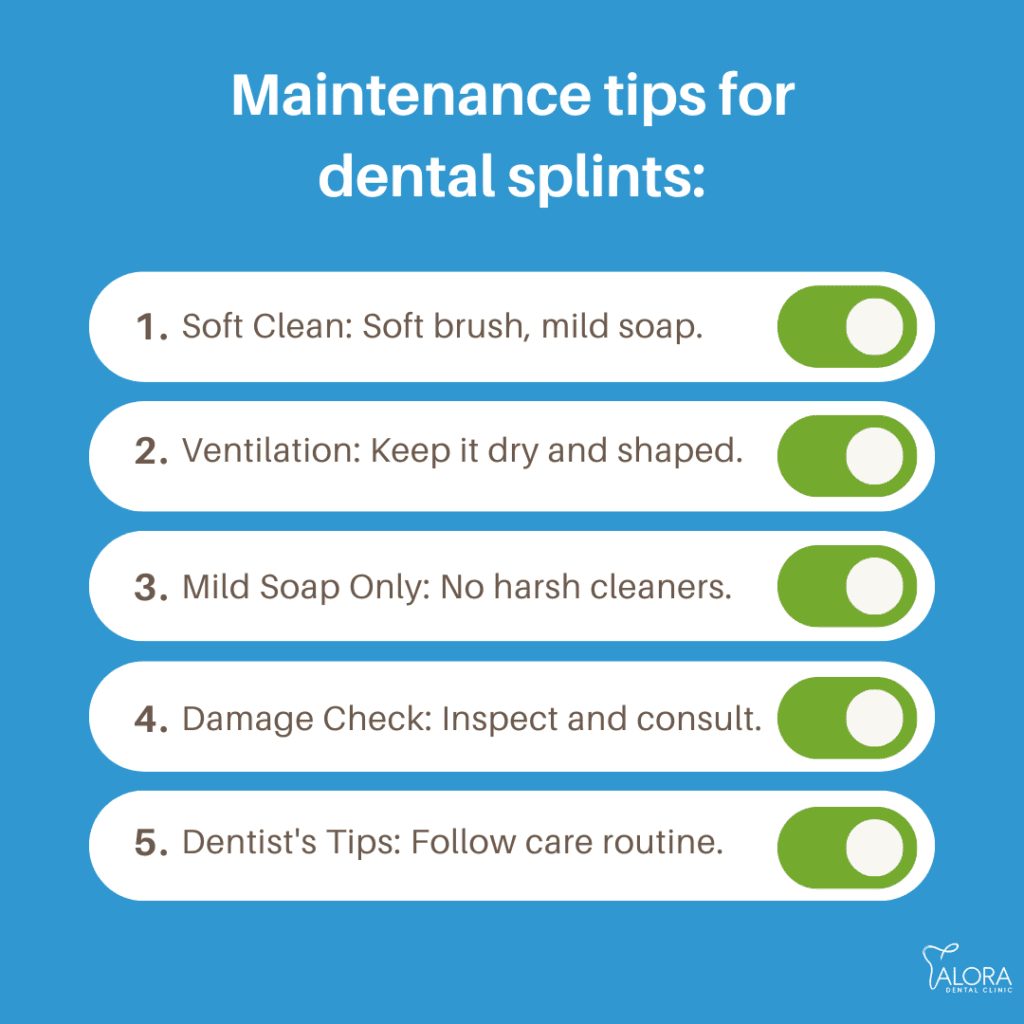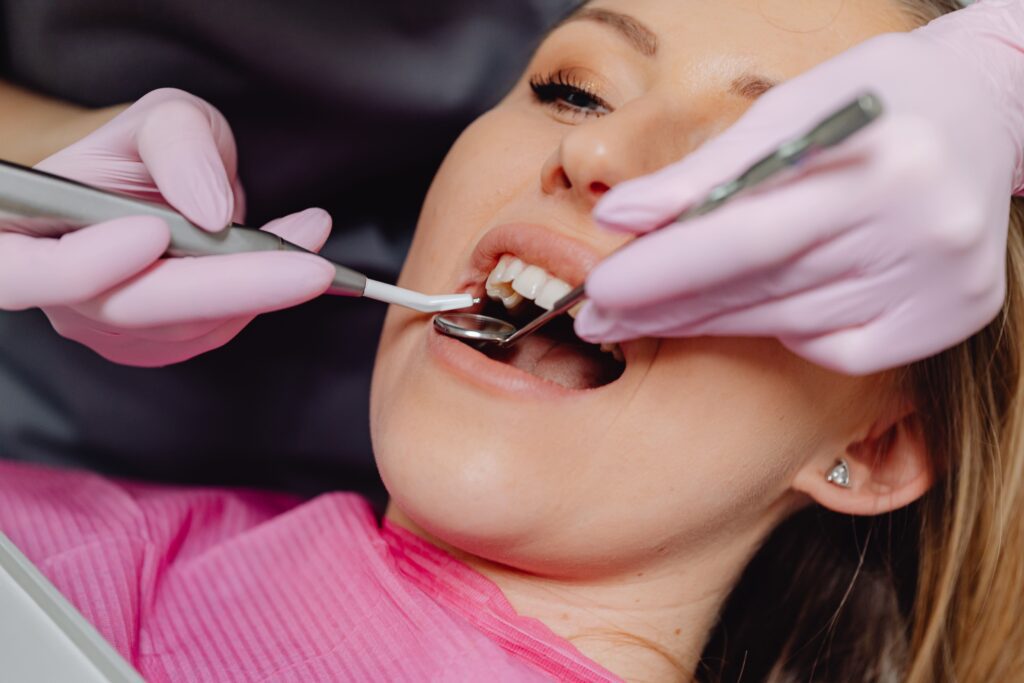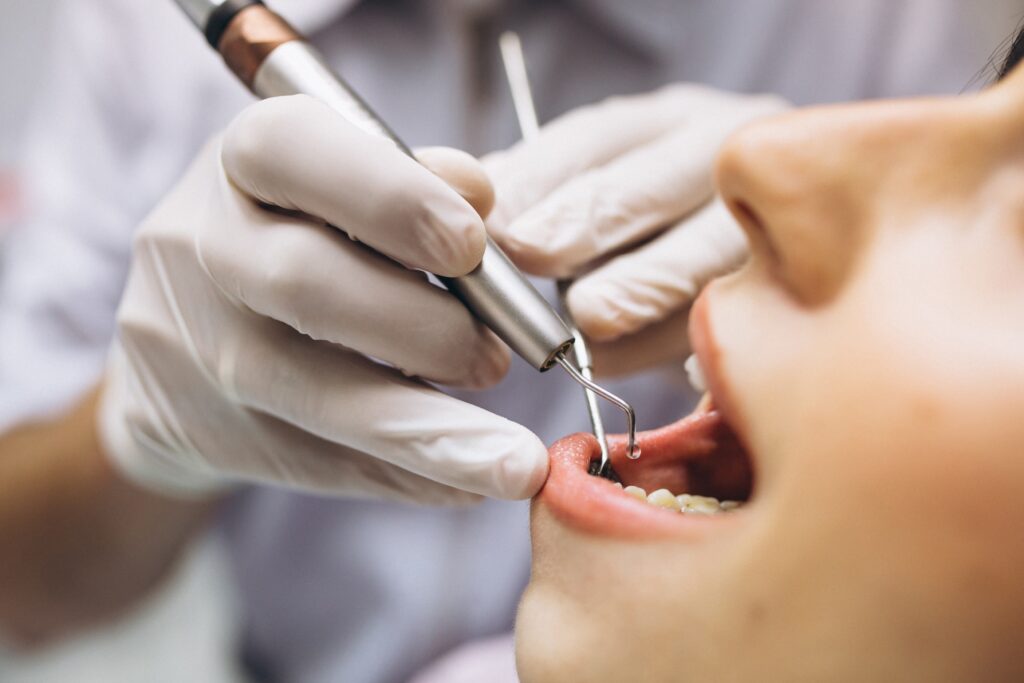Ultimate Guide to Dental Splints: Types, Costs, and Care Tips

When it comes to dental health, the little things can make a big difference. That’s where dental splints come in. They may seem like small devices, but their impact on oral health is significant.
This guide is crafted to help you understand the various types of dental splints, how they can benefit you, and what you might expect to pay for them. Whether you’re dealing with jaw pain, teeth grinding, or post-orthodontic care, there’s a splint designed to address your needs.
Types of Dental Splints: Finding the Right Fit for You
Each type of dental splint has its unique role in maintaining and improving oral health. Understanding these options means you can make an informed decision, tailored to your specific dental needs. This guide aims to empower you with knowledge, making your journey to dental health both informed and reassuring.
1. Stabilization or Flat Plane Splint: This type is like a shield for your upper teeth, helping to reduce grinding and relax your jaw muscles. It’s a go-to for general protection but remember, it doesn’t stop tooth clenching altogether.
2. Anterior Biteplane: Focused on the front line, this splint prevents the back teeth from grinding against each other. It’s like a mediator, ensuring peace between your teeth during the night. Just be aware that wearing it constantly might lead to changes in your teeth alignment.
3. NTI-tss: This small but mighty device targets tooth clenching and grinding at its core. It’s perfect for those who need focused intervention. However, due to its size and placement, it needs to be used carefully to avoid any potential hazards, like accidental swallowing.
4. Repositioning Splint: Think of this as the architect of your bite. It works to realign your jaw, offering relief from joint issues. But it’s a powerful tool – prolonged use can lead to lasting changes, so it’s best used under close professional guidance.
5. Occlusal Guards: These guards are like the peacekeepers for your teeth, cushioning them against the effects of grinding and easing the symptoms of conditions like bruxism and TMJ. They can’t cure these conditions, but they offer significant symptom relief.
6. Orthodontic Splints (Aligners): For those seeking a less visible way to correct dental alignments, orthodontic splints are a discreet and effective choice. They are the innovative path to achieving the smile you desire.
7. Retention Splints: After orthodontic treatment, retention splints are key to maintaining your new smile. They work behind the scenes (mostly during sleep) to ensure your teeth stay aligned over the years.
How Much Does a Dental Splint Cost?
The average rate of dental splints in Metro Manila ranges from ₱16,000 to ₱25,000
In Metro Manila, Philippines, the cost of dental splints varies depending on the type and complexity of the splint. For TMJ splints, the price ranges from ₱16,000 to ₱25,000, influenced by the quality of the splint material and the specific procedures involved.
This price can increase up to ₱50,000 if additional treatments like surgery are required. On the other hand, standard teeth splinting services start from around $549 (approximately ₱28,000), with prices varying based on the clinic and specific dental requirements.
Care and Maintenance Tips: Ensuring Longevity and Effectiveness

To keep your dental splint in prime condition, here’s what you need to know:
- Brush It Off: Use a soft-bristled brush with mild soap to gently scrub your splint clean. Avoid hot water, which could misshape it.
- Air It Out: Store your splint in a well-ventilated case to keep it dry and maintain its form.
- Be Kind: Skip the harsh cleaning agents. A mild soap will do the trick without harming the splint material.
- Regular Checks: Look over your splint regularly for any damage. If you find something off, your dentist can often repair it.
- Professional Guidance: Stick to the care instructions your dentist gives you to ensure the splint works as intended.
Alternatives to Dental Splints: Simplified Options
Say you’re looking for solutions that manage issues like TMJ or teeth grinding, but maybe in a way that feels less like a dental procedure and more like a lifestyle tweak. Here’s alternative treatment options you might consider:
- Physical Therapy and Exercises: These can strengthen and relax your jaw muscles, improving function and reducing discomfort. It’s a proactive approach that often involves no additional appliances.
- Stress Management: Since stress can exacerbate bruxism, techniques like yoga, meditation, and even counseling can be effective. It’s about tackling the root cause, which in many cases, is stress.
- Orthodontic Treatments: For alignment issues, traditional braces or clear aligners can be a more long-term solution compared to splints. They’re about correcting the position of your teeth and bite over time.
- Behavioral Adjustments: Sometimes, making conscious changes to your habits, like avoiding chewing gum or hard foods, can help in reducing symptoms.
Frequently Asked Questions on Dental Splints
Can dental splints help with snoring or sleep apnea?
The adjustment period varies, but most people get used to wearing a dental splint within a few days to a couple of weeks. Consistent use helps in faster adaptation.
Dental splints are generally not used for young children but might be appropriate for older children and teenagers in specific cases, like severe bruxism. A dentist’s assessment is necessary.
Yes, you can wear a dental splint with braces, but it needs to be specifically designed to fit over the orthodontic appliance. Consult with your orthodontist for a suitable splint design.
Minor damage to a dental splint can often be repaired. However, if the splint is significantly broken or has lost its fit, it will likely need to be replaced for effective treatment.
Wrapping Up: What’s next?

In a nutshell, dental splints are a key piece in your oral health toolkit, especially if you’re dealing with TMJ issues or teeth grinding. Remember, the right care and choice can make a huge difference.
And if you’re ever in need of more guidance or dental services, feel free to drop by Alora Dental Clinic in Quezon City. We’re here to support your journey towards a healthy, confident smile.
Meet Your Dentist...
Step into Alora Dental Clinic and let us introduce you to our passionate and dedicated dentist, Dr. Angelica Eden Astillero. She’s the type of person who lights up a room with her warm and approachable demeanor. And that’s just the start of what makes her an exceptional dentist.
Dr. Astillero graduated from the University of the East, where she developed a love for dentistry and helping others. Her commitment to continuing education and the latest dental techniques allows her to provide top-notch care to patients of all ages. But what truly sets her apart is her ability to connect with her patients and put them at ease.

Get in touch!
Where to find us?
53 Narra St, Project 3, Quezon City, 1102 Metro Manila
Call us at:
0955-827-6875


